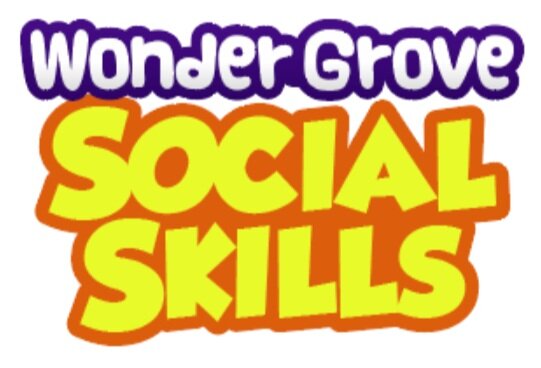5 Tips for Easy Differentiation in Elementary
Differentiation is a necessary, and yet sometimes daunting, task for creating equity in the classroom. Equity is not giving every child an equal task. Rather, equity means giving students an equal experience. This means providing the tools that allow each student to thrive. When you have over twenty children in your class, it can seem overwhelming to even think about providing twenty-plus experiences tailored to different strengths, weaknesses, and background knowledges.
Differentiation doesn’t have to be scary though! In fact, it allows you to flex your muscles as a teacher and get creative. But that doesn’t mean you have to start from scratch! Here are five tips to make differentiation easier for you:
Give choice in student responses. Though some skills have to be taught—there are plenty of instances in which students can demonstrate their learning through various mediums. For example, when learning about the water cycle students can show their comprehension through drawing, writing, graphic organizers, or speech.
Adapt the worksheets. Contrary to what we tell our students, you don’t always have to follow directions. A great way to quickly differentiate is to use parts of the worksheet for different groups of students. For example, on a fluency passage some students may be reading the whole thing, some could be identifying four-letter words, and some students can circle when they see a certain letter. On math worksheets, you can have students do some, but not all, of the problems depending on their topic readiness.
Think about how you grade. Traditionally, grading has been pretty black and white. However, in recent years, we’ve seen a surge in “gray” grading—meaning that while students may not have found the answer, they could have shown good thinking on the path there. Depending on your students, grade mastery of certain skills. They may have spelled the word wrong on a spelling test but demonstrated mastery of a certain phoneme, grapheme, or word feature. Think about how you’re wanting your students to advance and grade them on the path to getting there.
Design tasks with Bloom’s Taxonomy verbs in mind. When in doubt, Bloom’s is an easy way to differentiate assignments. For example, some students may need tasks that emphasize remembering and understanding the material, others will be ready to apply and analyze the material, while other students will be ready to evaluate and create something new with their knowledge. These levels are a quick way to focus in on the goal and create assignments for different levels of understanding.
Use a leveled system and varied materials. The quickest way to differentiate with no headache is to have a leveled system in place, such as WonderGrove Social Skills. Each of the 250 WonderGrove Social Skills videos comes with kindergarten, 1st grade, and 2nd-grade printable extension lessons. After showing a video, you can meet each of your students’ unique needs by handing out the leveled printable extension lesson that best fits their learning style and skill level. With fluency, math, language exercise, printable book, lesson plans, and active learning at your fingertips, you’re able to decide what option is best for your student and at what level. You can purchase WonderGrove here.
